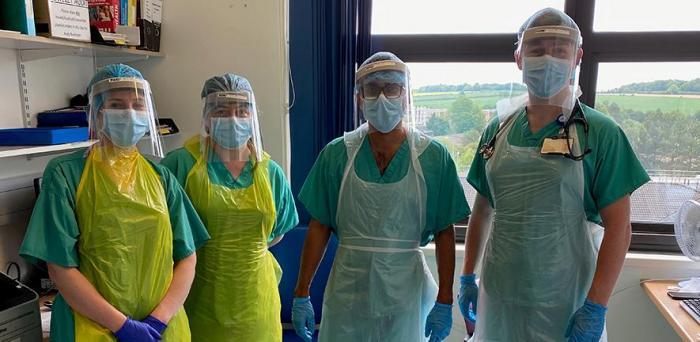Their trial of a rapid diagnostic test using the ‘SAMBA II’ machine made headlines in April: results are returned in 90 minutes, helping healthcare workers ensure that those infected can be quickly directed to specialised wards. But there remains much work to do.
I work at the Cambridge Institute of Therapeutic Immunology and Infectious Disease (CITIID) in the Department of Medicine. We have stayed operational throughout the COVID-19 pandemic. I was impressed by the way CITIID came together, speeding up completion of our containment level 3 labs (designed to safely handle infectious diseases) by four to six months. This institute came alive at the time it was needed most, and our work spans basic science to diagnostics. Few places in the world have been able to do this.
I’m used to working with another killer disease that creates a lot of fear. I’m a virologist, and I’ve spent the last decade studying HIV. The work I’ve done has been useful preparation for the COVID-19 pandemic, so it felt like the team was in the right place at the right time. Both HIV and COVID-19 are multi-system diseases, and HIV is still enigmatic after 30 years. As we discover the effects of COVID-19 on the human body, such as patients developing heart problems and lung damage, it looks like it will have far-reaching implications that will take a long time to sort out.
We wanted to use our expertise as virologists to help tackle COVID-19. We made ‘pseudo-viruses’ that are part coronavirus and part HIV, but are very safe and don’t cause disease, to try and understand how antibodies were working in people infected with the virus. By taking blood samples from COVID-19 patients and mixing them with our pseudo-virus, we could see that these patients had immunity that would prevent our virus infecting their cells.
Reproduced courtesy of the University of Cambridge
